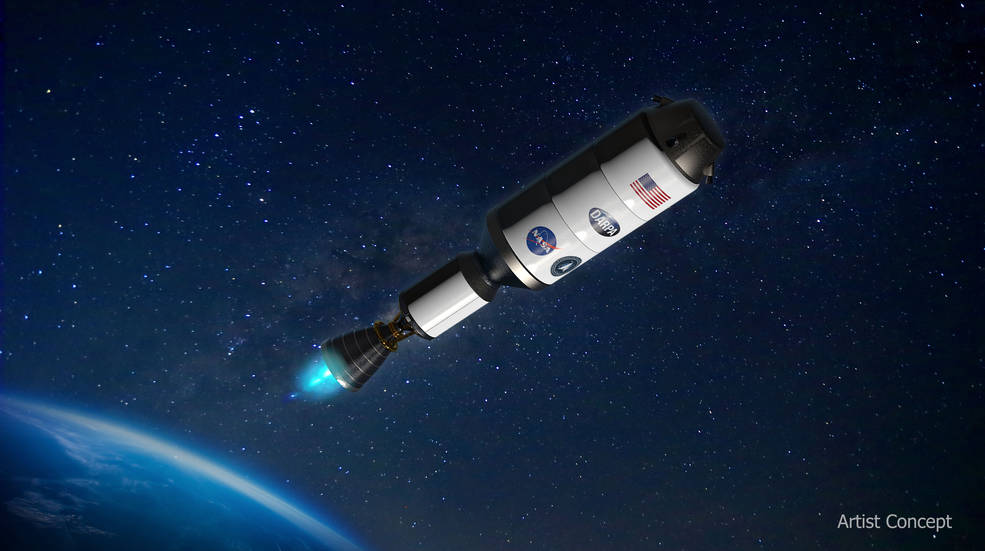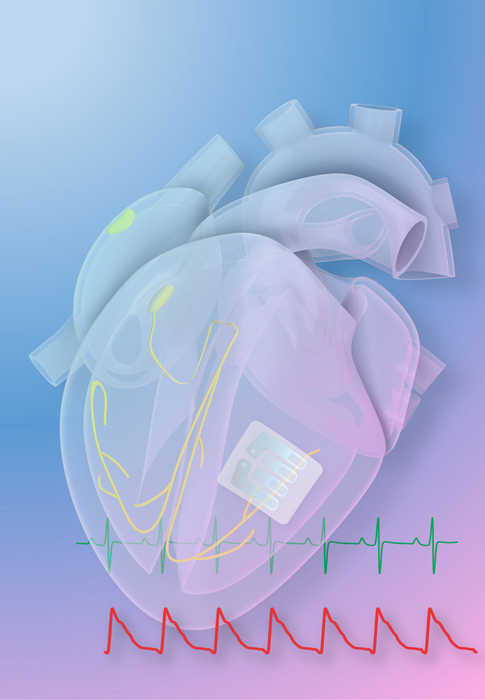DARPA is joining hands with NASA via its Demonstration Rocket for Agile Cislunar Operations (DRACO) program. They have recently declared their plan to develop and test a nuclear thermal rocket (NTR) engine in space. As the rocket engine will be using a nuclear reactor as its power source, it could expand possibilities for the space agency’s future long-duration spaceflight missions.
In this partnership, NASA’s Space Technology Mission Directorate (STMD) will take the lead on the technical development of the nuclear engine. However, this engine will be integrated with an experimental spacecraft from DARPA.
This will greatly help in reducing the time for the first crewed Mars mission.
NTR propulsion is about two-to-five times more efficient than in-space chemical propulsion because of using a nuclear thermal engine to heat a propellant to extremely high temperatures to generate thrust. As a result, it would help in reducing transit times and increasing payload potential.
“NASA will work with our long-term partner, DARPA, to develop and demonstrate advanced nuclear thermal propulsion technology as soon as 2027. With the help of this new technology, astronauts could journey to and from deep space faster than ever – a major capability to prepare for crewed missions to Mars,” said NASA Administrator Bill Nelson. “Congratulations to both NASA and DARPA on this exciting investment, as we ignite the future, together.”
“With this collaboration, we will leverage our expertise gained from many previous space nuclear power and propulsion projects,” said Jim Reuter, associate administrator for STMD. “Recent aerospace materials and engineering advancements are enabling a new era for space nuclear technology, and this flight demonstration will be a major achievement toward establishing a space transportation capability for an Earth-Moon economy.”







